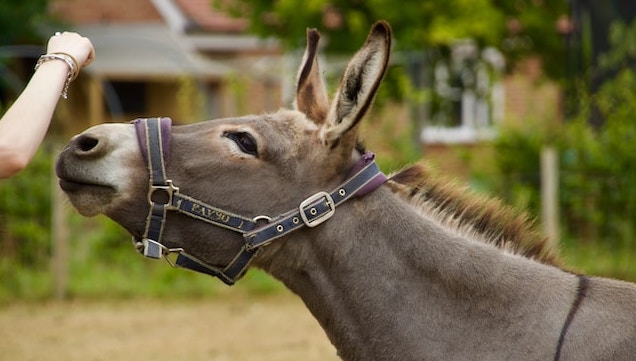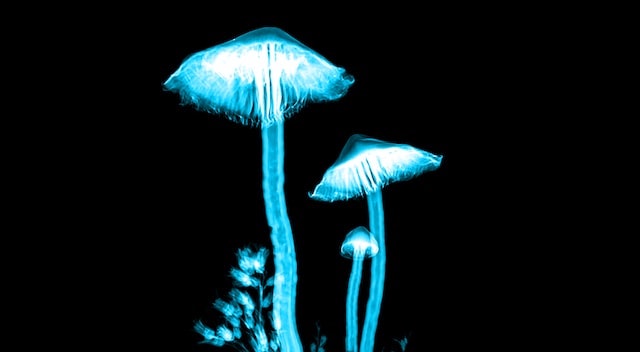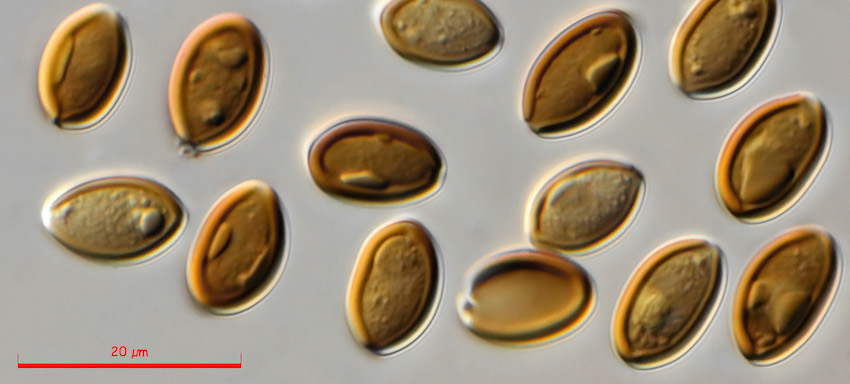So, you wanna grow shrooms? Excellent! The availability of pre-inoculated magic mushroom grow kits mean it has never been easier to have a psilocybin supply right there in your own home. Equally, if you want to get deeply acquainted with your shrooms, there are many types of spores on offer to tend through the entire growing process. However, it is easy to become paralyzed when faced with purchasing for the first time. It’s also common to get bogged down by what all the different terms flying around — such as strain, species, or cultivar — actually mean.

A lot of these phrases get thrown around willy-nilly by those with less expertise, but they actually have specific meanings. And knowing them, though not essential, can help you feel more confident and informed when it comes to starting your shroom growing journey.
What is a Magic Mushroom Species?
The easiest of these terms to understand is species. Species are the distinct genetic lineages of an organism. They cannot generally interbreed, however, there are a few hybrid exceptions. These include the mule — the spawn of a horse and a donkey — and the liger — the result of a lion and tiger’s union. However, when it comes to psychedelic mushrooms, there are not currently any (known) hybrids. The agreed understanding of the differences between species is related to their specific genetic composition, which can be identified in a lab. This identification can be used to make comparisons with other identified species. However, even at this level there is still much to be learned about potency and genetics. This means that reclassifications of species, renaming, and conflicting reports on alkaloid content appear regularly.

When browsing the spores market it’s helpful to look for the Latin name. Psilocybe cubensis is a favorite of psychedelic mushroom cultivators; they are relatively easy to grow, and full of trippy goodness. In the Latin naming system, the first word (e.g. Psilocybe) is the genus. This is followed by the species (e.g. cubensis). If you are checking out spores and their Latin names differ, that means they are two separate species and cannot (as far as we know) be crossed to make a hybrid. For example you cannot cross Psilocybe cubensis with Psilocybe mexicana, however hard you try.
What is a Magic Mushroom Strain?
Once we move beyond the Latin-named authority of species, our knowledge can become a little more blurry. The definitions of terms like strain or variety are still argued over by scientists. In fact, each discipline of biology defines them slightly differently! Generally, however, strains should all originate from the same species (most commonly Psilocybe cubensis) and are able to interbreed. An example of this is the winner of the April 2021 Oakland Hyphae Psilocybin Cup —the Tidal Wave strain — which was a result of the interbreeding between the B+ and Penis Envy strains.

The deliberate interbreeding of magic mushrooms strains by experienced growers can result in mutations such as sporeless or albino versions of Psilocybe cubensis. However, just breeding one crazy hybrid doesn’t necessarily mean you’ve created a new strain. A true strain should be reproducible everytime it is attempted, persisting in the same characteristics. This is why, as a rule, strains can only be properly maintained through cloning.
What is a Magic Mushroom Cultivar?
This brings us to ‘cultivated varieties’, or ‘cultivars’. These are not genetically identical clones, and are grown from spores. However, as they are a crossbred, each spore contains a random mix of half the parent’s genetic material (just like you!) This means that even if these spores come from a defined strain, any mushroom that grows from the spores will have their own distinct genetic characteristics. If this process is repeated enough, with each new set of spores being bred from in turn, your mushrooms will eventually leave behind the defined characteristics of the original strain you bred from.

This isn’t necessarily a bad thing; it can prompt new and interesting mutations. And, through selective breeding it is possible to stabilize cultivars too. This can be done by taking the spores from generations that exhibit desirable characteristics. These include potency, growth speed, and substrate preference. However, this is far less reliable than strain cloning.
Species, Strain and Cultivar Explained
So there you have it! Whether you’re rolling up your sleeves ready to get growing, or you simply want to be up to snuff when gabbing with your mycology-mad peers, we hope you’ve gleaned a clearer understanding of what species, strain and cultivar means when it comes to magic mushrooms.
And now you’re an expert, you can check out our full range of magic mushrooms spores and grow kits!






